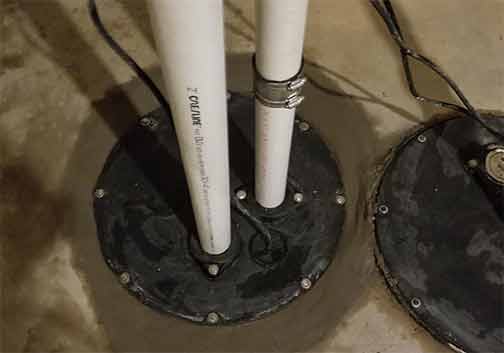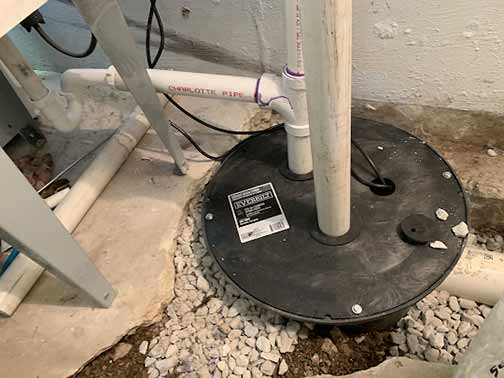
When it comes to our plumbing systems, there are many components that work together to ensure everything runs smoothly. One of these crucial components is the sewage ejector pump. The sewage ejector pump is responsible for removing waste from lower levels in a building and pumping it up into the main sewer line. However, like any mechanical device, sewage ejector pumps can fail over time due to various reasons.
It’s important to be aware of the signs and symptoms of a failing sewage ejector pump so that you can act quickly and get the necessary replacement services. In this article, we will explore the common signs of a failing sewage ejector pump and discuss when it’s time to seek replacement services.
1. Strange Noises
One of the initial signs that your sewage ejector pump may be failing is the presence of strange noises. If you notice unusual sounds coming from the pump, such as grinding, rattling, or banging, it could indicate that there is a problem. These sounds may be caused by issues with the impeller, motor, or other internal components. It is essential not to ignore these noises as they could indicate a serious problem that needs immediate attention.
2. Frequent Clogs
If you find yourself dealing with frequent clogs in your plumbing system, it could be a sign that your sewage ejector pump is failing. A properly functioning pump should efficiently remove waste and prevent clogs from occurring. However, when the pump starts to fail, it may not be able to remove waste effectively, leading to clogs in the drain lines. If you notice an increase in clogs or blockages, it’s time to consider replacing your sewage ejector pump.
3. Slow Draining Fixtures
A failing sewage ejector pump can also cause slow draining fixtures throughout your property. When the pump is not operating at its optimal capacity, wastewater may not be pumped out as quickly as it should be. As a result, you may notice sinks, toilets, or showers taking longer to drain than usual. If you consistently experience slow draining fixtures, it’s a good indication that your sewage ejector pump needs replacement.
4. Foul Odors
One of the most unpleasant signs of sewage ejector pump failure is the presence of foul odors. A failing pump may struggle to remove waste efficiently, leading to a buildup of stagnant water and sewage. This can result in a distinct and offensive odor in your property. If you notice persistent foul odors emanating from your drains, it’s crucial to address the issue promptly. Ignoring the problem can lead to further complications and potential health hazards.
5. High Water Levels in the Pit
Regularly inspecting the pit where your sewage ejector pump is located is essential. If you notice consistently high water levels in the pit, it could be an indication that your pump is failing to remove water effectively. High water levels can overload the pump and cause it to work harder, leading to premature failure. It’s crucial to monitor the water levels in the pit and seek replacement services if you observe an abnormal increase.
6. Age of the Pump
Another significant factor to consider when determining whether to seek replacement services for your sewage ejector pump is its age. Like any mechanical device, sewage ejector pumps have a limited lifespan. On average, these pumps can last anywhere between 7 to 15 years, depending on the quality and maintenance. If your pump is nearing or surpassing its expected lifespan, it is highly recommended to proactively replace it. Investing in a new pump can save you from potential emergencies and costly repairs down the line.
7. Frequent Pump Cycling
A properly functioning sewage ejector pump operates in cycles, starting and stopping as needed. However, if you notice that your pump is cycling frequently, turning on and off more often than usual, it could indicate a problem. Frequent pump cycling can signify that the pump is struggling to remove waste efficiently or that the float switch is malfunctioning. Regardless of the cause, this abnormal behavior should not be ignored and warrants a professional inspection and potential replacement.

Conclusion
The sewage ejector pump plays a crucial role in maintaining a healthy and functioning plumbing system. Recognizing the signs and symptoms of a failing sewage ejector pump is essential to prevent serious disruptions and avoid potential health hazards. If you experience strange noises, frequent clogs, slow draining fixtures, foul odors, high water levels in the pit, an older pump, or frequent pump cycling, it may be time to seek replacement services.
Remember to contact a local plumber who can assess the condition of your sewage ejector pump and recommend the most suitable replacement options. Investing in a new pump and timely replacement services will ensure the smooth operation of your plumbing system and provide you with peace of mind.

